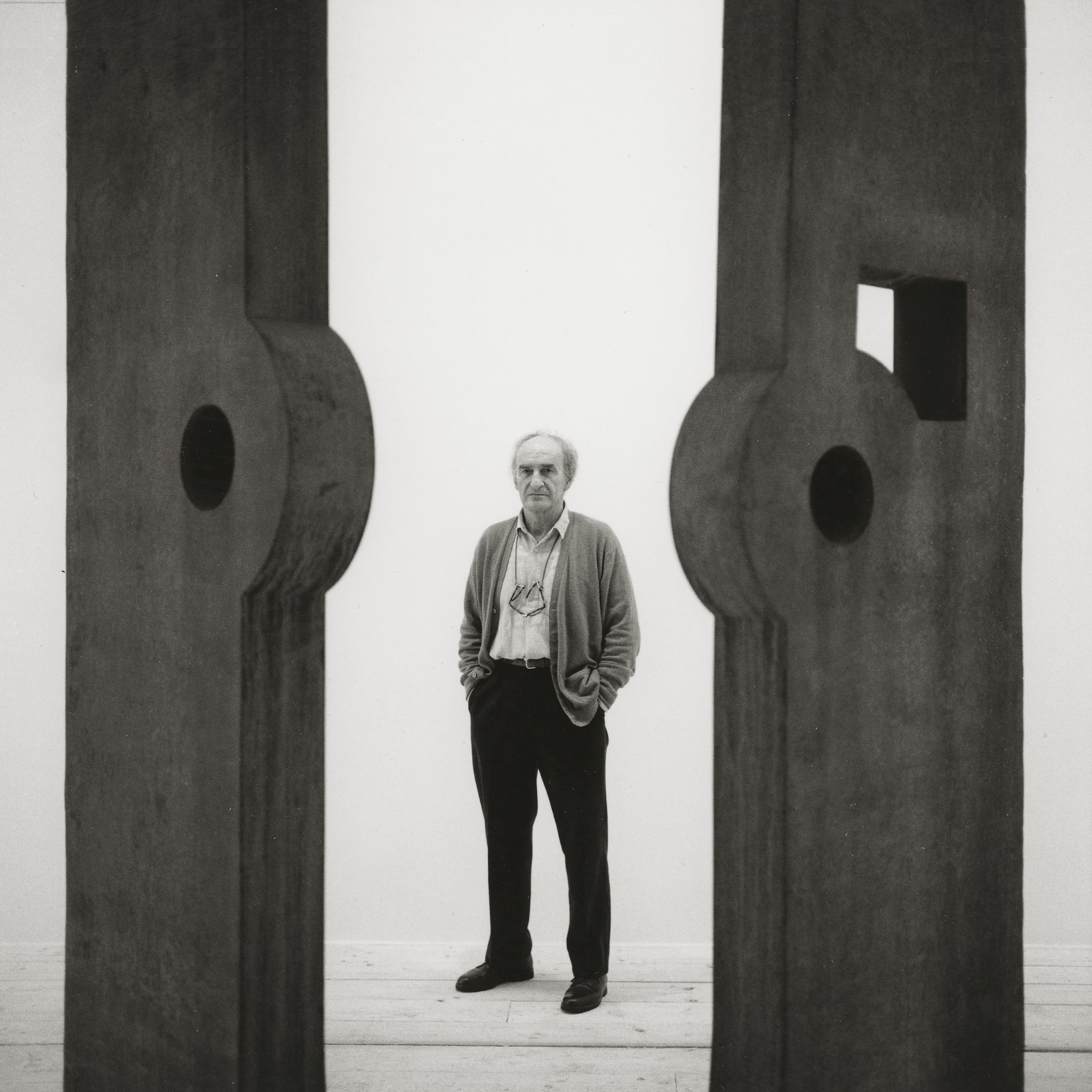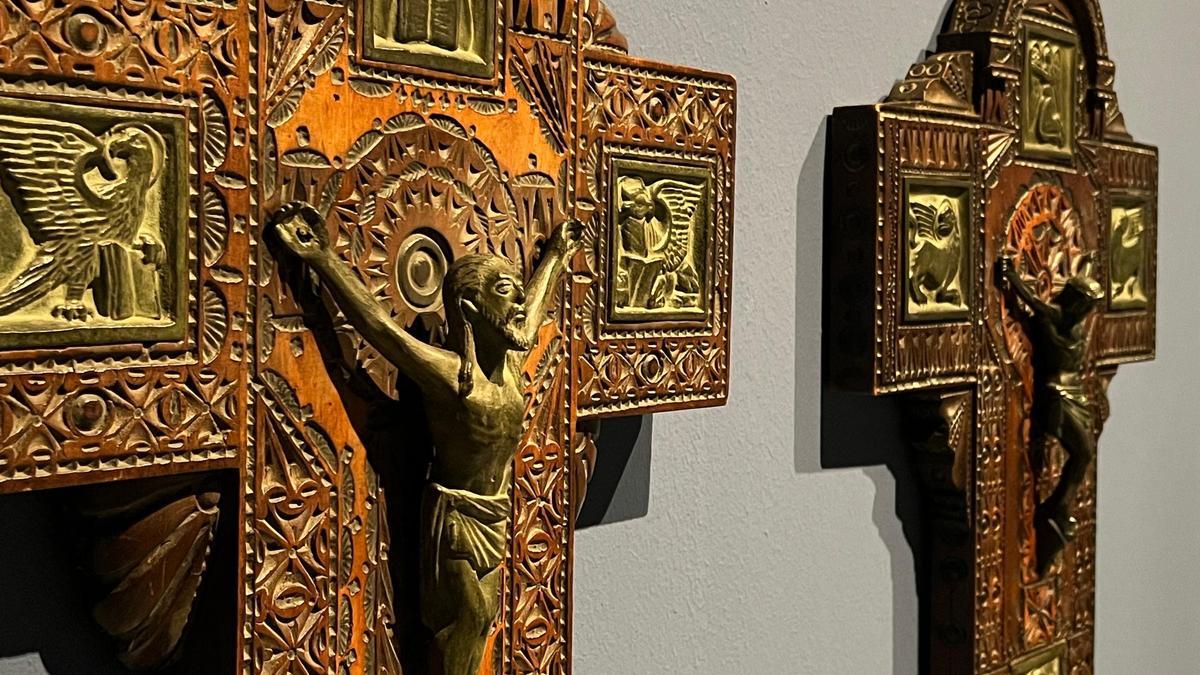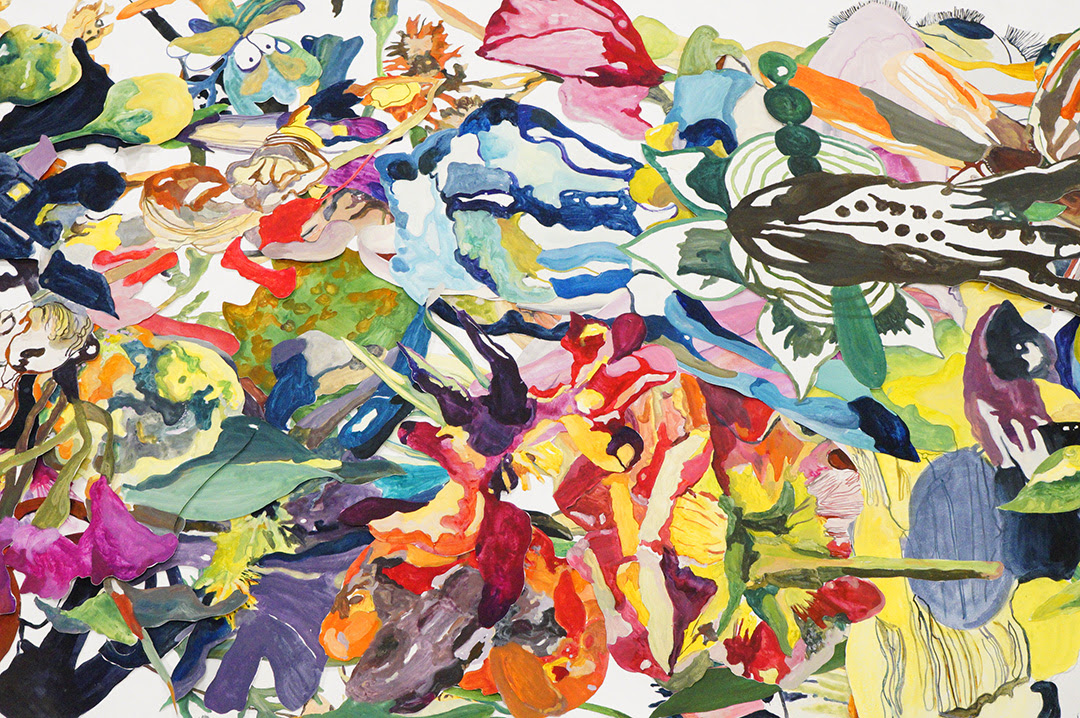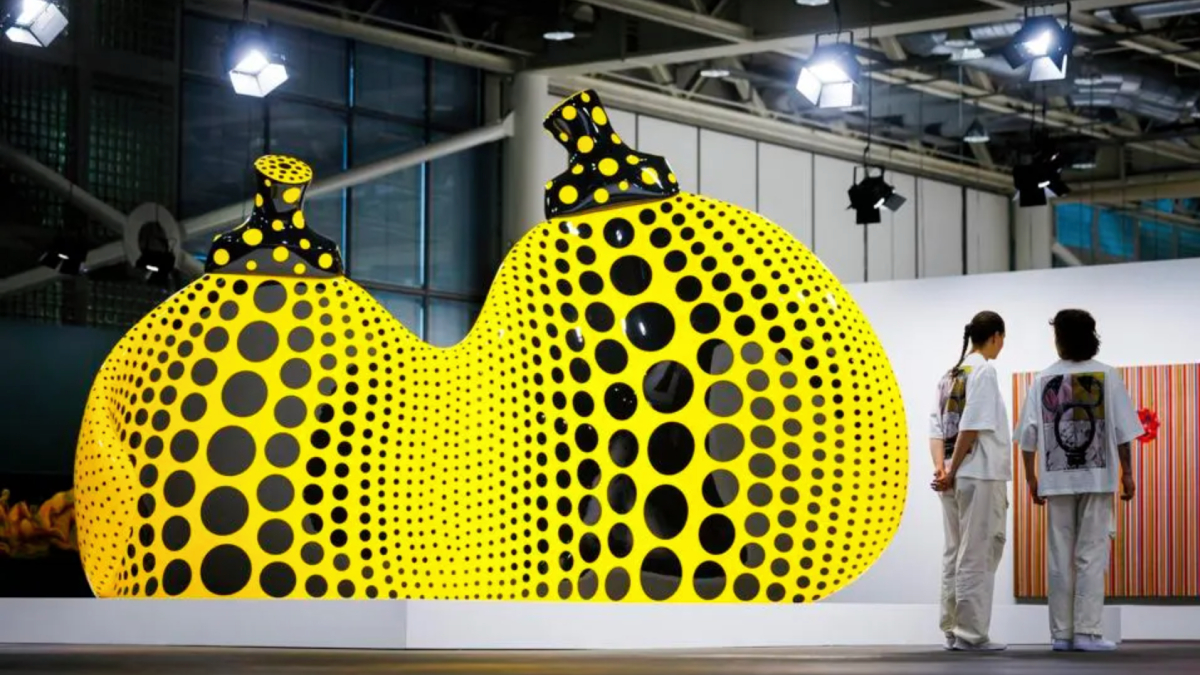Art & Fashion
'Balenciaga and Chillida: Fold the Form'
Cristóbal Balenciaga Museoa shows, until January 5, 2025, the biographical, formal and philosophical links between Balenciaga and Chillida, despite the three decades that separate their lives and the different disciplines they dedicated themselves to

Cristóbal Balenciaga and Eduardo Chillida, both from Gipuzkoa, shared more than a common philosophy based on the exploration of beauty and harmony through their disciplines, they also shared a friendship, a fact that many do not know is that the grandmother Chillida's mother, Juana Eguren, was the first to meet the designer. Juana, owner of two hotels in San Sebastian, was often visited by Balenciaga. In time, not only did they develop a relationship, but she was also the one who encouraged him to travel to Paris to follow his passion, and who introduced her grandson Eduardo to the fashion master not knowing that a relationship would develop mutual admiration between them.
Cristóbal Balenciaga (1895-1972) couturier of Basque origin, considered one of the greatest of haute couture, demonstrating from a young age an exceptional talent for fashion. At the age of 22, he opened the first fashion house in San Sebastian. His career flourished and he expanded his operations to Madrid and Barcelona before moving to Paris in 1937 due to the Spanish Civil War. In Paris, Balenciaga established himself as a master of fashion design, known for his innovative techniques, exquisite use of fabrics and his ability to create structured yet elegant forms. The designs often challenged conventional norms, with voluminous, architectural silhouettes that transformed the human body into a mobile work of art. Its legacy includes influencing contemporary and later designers, and the name remains synonymous with haute couture of the highest quality.
Eduardo Chillida (1924-2002) sculptor also of Basque origin, born in San Sebastian, began his career as a footballer, but after an injury, he devoted himself entirely to sculpture. He studied in Madrid and later moved to Paris, where his work began to be recognized internationally. Known for his monumental abstract sculptures, often created in iron and steel, although he also worked with other materials such as stone, wood and alabaster. His work is characterized by exploring the relationships between space and matter, void and volume. Chillida developed a unique visual language that dialogued with the environment and nature, creating pieces that seem to integrate and dialogue with the surrounding space. His work is in important collections and public spaces around the world.
The connection between Balenciaga and Chillida did not materialize in direct collaborations during their lifetimes, but rather through tributes and exhibitions that celebrate their philosophical and aesthetic parallels. One of the most notable is the current Chillida/Balenciaga exhibition. Fold the form, which focuses on the similarities in their approaches to artistic creation, such as the use of space and matter. Organized at the Cristóbal Balenciaga Museum in Getaria, it opens the room called "Encounters" where a total of 42 works are gathered, 15 by Balenciaga and 27 by Chillida.
In 1987, Chillida created the Homage to Balenciaga sculpture in honor of the couturier. This work, forged in steel, reflects Chillida's admiration for Balenciaga's ability to create innovative and harmonious forms in fashion, the elegance of this work refers to the designer's best models. The two steel pieces generate a space inside that suggests a silhouette of a woman silhouetted between the blocks. The sculpture is a physical manifestation of the mutual respect and influence that each had in the field of their own art. This work is usually housed in the Chillida Leku museum in Hernani, but has been temporarily moved to Getaria for the exhibition.
Both artists shared a deep dedication to experimentation and perfecting their techniques, as well as an appreciation for the interaction of their works with space. Balenciaga, with his mastery of fabrics and structured forms, and Chillida, with his ability to sculpt void and volume, approached their respective disciplines with a similar approach that emphasized simplicity and purity of line.
The Chillida/Balenciaga exhibition. Folding the form highlights how both creators manipulated form and space to express their artistic vision. Balenciaga's pieces, with their innovative silhouettes, and Chillida's sculptures, which transform empty space into tangible art, are presented in dialogue to highlight shared methods of "folding" the way to create new dimensions of beauty.
The exhibition, which will be open until January 5, 2025, celebrates the centenary of Chillida's birth and highlights the similarities in the artistic approach of the two creators. Both Balenciaga and Chillida worked with the idea of "creating by elimination", playing with the concepts of fullness and emptiness, and exploring the limits of their respective mediums.









